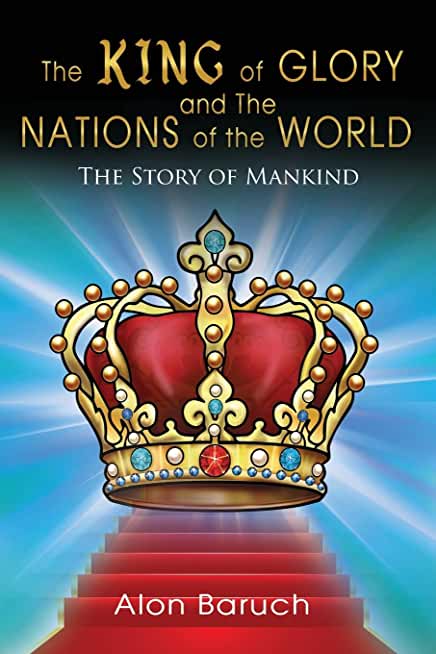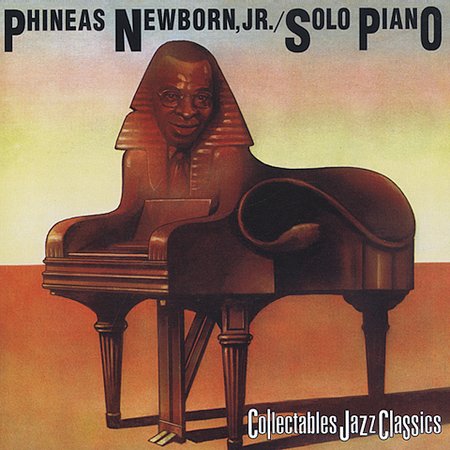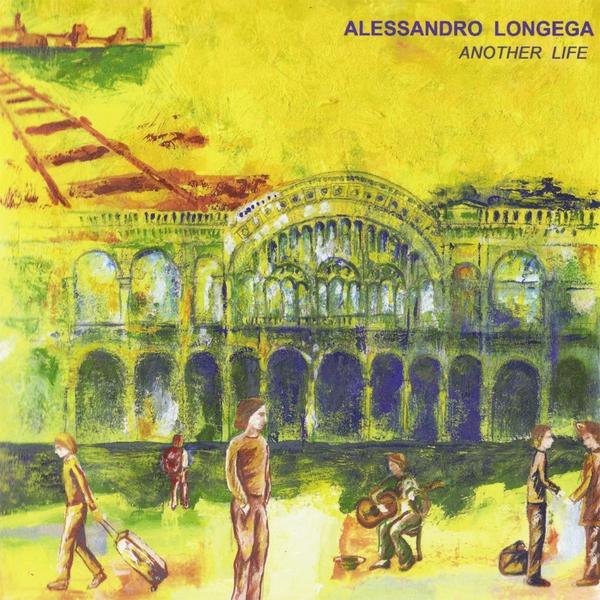
"Wise, funny, touching, wide-ranging, deep-delving; whip-smart dialogue and graceful, paced sentences, thousands upon thousands of them. Written by a novelist with the eye of a poet, and a poet with the narrative powers of a novelist, this is a book that needed to be written, that tells true things, and is entirely its own being."--Robert Macfarlane, author of The Lost Words and Underland
One of the most acclaimed and revered writers of her generation returns with her most ambitious novel yet--an elegant, multi-layered work, rich in imagination and exquisitely told, that interweaves a quartet of journeys across continents and centuries.
As emotionally resonant as Kiran Desai's The Inheritance of Loss, as inspired as Anthony Doerr's Cloud Cuckoo Land, as inventive as Louisa Hall's Speak, and as visionary as David Mitchell's Cloud Atlas, Everything the Light Touches is Janice Pariat's magnificent epic of travelers, of discovery, of time, of science, of human connection, and of the impermanent nature of the universe and life itself--a bold and brilliant saga that unfolds through the adventures and experiences of four intriguing characters.
Shai is a young woman in modern India. Lost and drifting, she travels to her country's Northeast and rediscovers, through her encounters with indigenous communities, ways of being that realign and renew her.
Evelyn is a student of science in Edwardian England. Inspired by Goethe's botanical writings, she leaves Cambridge on a quest to wander the sacred forests of the Lower Himalayas.
Linnaeus, a botanist and taxonomist who famously declared "God creates; Linnaeus organizes," sets off on an expedition to an unfamiliar world, the far reaches of Lapland in 1732.
Goethe is a philosopher, writer, and one of the greatest minds of his age. While traveling through Italy in the 1780s, he formulates his ideas for "The Metamorphosis of Plants," a little-known, revelatory text that challenges humankind's propensity to reduce plants--and the world--into immutable parts.
Drawn richly from scientific and botanical ideas, Everything the Light Touches is a swirl of ever-expanding themes: the contrasts between modern India and its colonial past, urban and rural life, capitalism and centuries-old traditions of generosity and gratitude, script and "song and stone." Pulsating at its center is the dichotomy between different ways of seeing, those that fix and categorize and those that free and unify. Pariat questions the imposition of fixity--of our obsession to place permanence on plants, people, stories, knowledge, land--where there is only movement, fluidity, and constant transformation. "To be still," says a character in the book, "is to be without life."
Everything the Light Touches brings together, with startling and playful novelty, people and places that seem, at first, removed from each other in time and place. Yet as it artfully reveals, all is resonance; all is connection.
member goods
listens & views

DREAMS OF NATURE SYMBOLISM FROM ...
by DREAMS OF NATURE SYMBOLISM FROM VAN GOGH TO KANDIN
COMPACT DISCout of stock
$15.99






